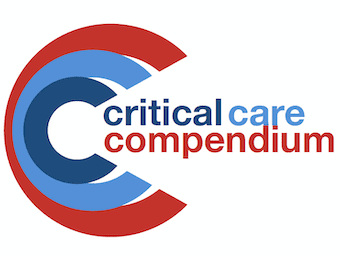
Category Cardiology


Arrhythmia Literature Summaries

Afterload
Reviewed and revised 12/6/12 Afterload = left ventricular wall tension required to overcome resistance to ejection (impedance to ejection of blood from the heart into the arterial circulation). developed as ventricular muscle fibres shorten during isovolumetric contraction & ejection phases…

Percutaneous Coronary Intervention (PCI)

Acute Coronary Syndromes

Acute Coronary Syndromes Literature Summaries

Open Chest Management and Delayed Sternal Closure

AHA/ACC Guidelines (2007)
AHA/ACC Guidelines (2007) – Perioperative Cardiovascular Evaluation of the Patient undergoing Non-cardiac Surgery Take Home Message = if assessment and evaluation not indicated irrespective of perioperative context then just crack on (its all about symptoms). 3 factors involved in risk…

Emergent Valve Disorders

Aortic Regurgitation
Aortic regurgitation is diastolic reflux of blood from aorta to LV due to malposition of the aortic cusps. RISK FACTORS age enlarged aortic root diameter: Marfans, Enhlers-Danlos, oesteogenesis imperfecta, connective tissue disorders bicuspid AV atherosclerosis infective endocarditis rheumatic heart disease…

Contractility

